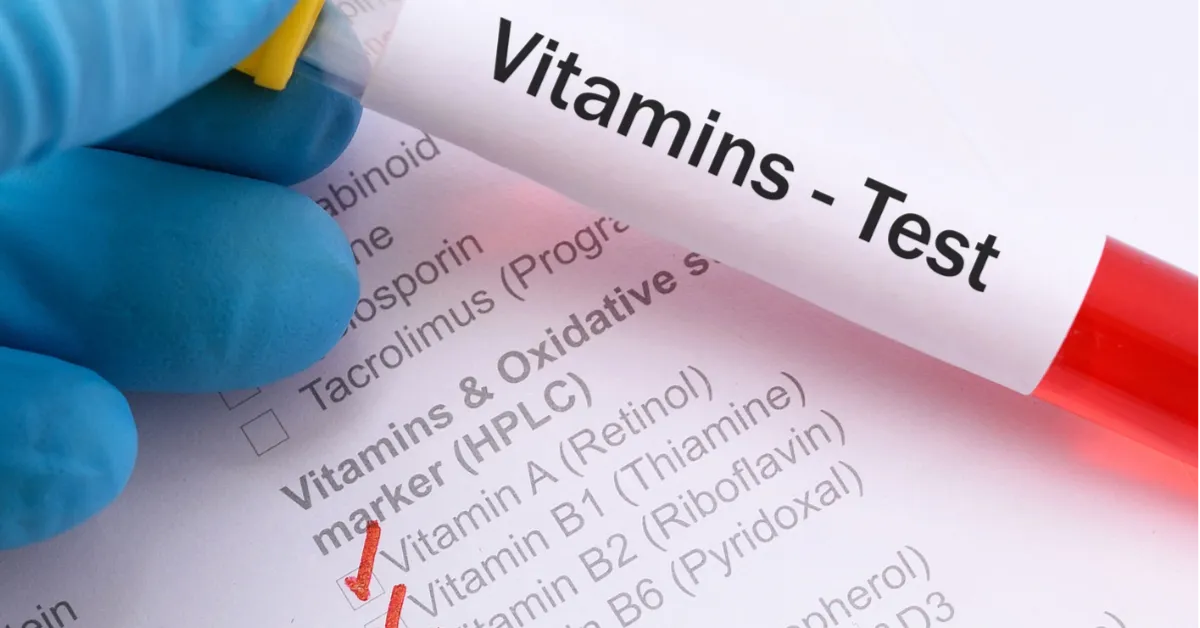EN 16719 Vitamin D Profiling in Fortified Foods
The European standard EN 16719 specifies the methodology for determining the presence and profile of vitamin D (specifically, cholecalciferol or ergocalciferol) in fortified foods. This service is essential for ensuring that food products containing added vitamins meet regulatory requirements and quality standards set forth by relevant authorities.
Vitamin D fortification has become increasingly common as it plays a crucial role in maintaining bone health and supporting the immune system. However, with the addition of nutrients to food, there arises the need for accurate measurement techniques to ensure consistent levels across different batches or production runs. This standard provides a robust framework that helps manufacturers achieve this precision.
The procedure outlined in EN 16719 involves several key steps including sample preparation, extraction methods, quantification using liquid chromatography-tandem mass spectrometry (LC-MS/MS), and finally reporting the results according to specified guidelines. The accuracy of these measurements is paramount since even minor deviations could lead to health risks or suboptimal efficacy of supplements.
One critical aspect addressed by this standard pertains to matrix effects which can significantly influence analytical outcomes when dealing with complex matrices like fortified food products. To mitigate such issues, the method emphasizes thorough sample handling procedures aimed at minimizing interferences during extraction and analysis phases.
Another important consideration is traceability and reproducibility of results. Manufacturers must ensure that their analytical processes are reliable across multiple laboratories under varying conditions. EN 16719 stipulates clear instructions on how to achieve these goals through standardized protocols for calibration, quality control checks, and proficiency testing programs.
Compliance with this standard not only enhances product safety but also contributes positively towards building consumer trust. By adhering strictly to the prescribed procedures, companies demonstrate their commitment to delivering high-quality fortified foods that meet both national and international standards.
In conclusion, implementing EN 16719 ensures consistent vitamin D content in fortified food products, thereby promoting public health while maintaining regulatory compliance. The rigorous testing process provided by this standard guarantees accurate measurements, reliable results, and trustworthy labeling information - all vital components in the production of safe and effective fortified foods.
Why It Matters
The importance of accurately measuring vitamin D levels cannot be overstated, especially given its critical role in preventing deficiencies linked to various health conditions. Ensuring proper fortification according to established standards is crucial for maintaining the nutritional integrity and safety of food products.
Consumers expect fortified foods to provide consistent amounts of essential nutrients, including vitamin D. Any discrepancies could result in under- or over-supplementation, leading to potential health risks such as rickets in children or osteoporosis in adults. Therefore, precise testing methods like those prescribed by EN 16719 are indispensable for maintaining consumer confidence and trust.
For manufacturers, compliance with this standard translates into reduced liability risks associated with substandard products. It also facilitates smoother interactions with regulatory bodies and enhances the company's reputation within the industry. Additionally, accurate vitamin D profiling allows for better formulation decisions based on actual analytical data rather than estimates or assumptions.
In summary, adhering to EN 16719 ensures that fortified food products meet stringent quality control criteria, enhancing overall product safety and efficacy while fostering consumer trust and regulatory compliance.
Applied Standards
The European standard EN 16719 sets out a comprehensive approach for analyzing vitamin D (cholecalciferol or ergocalciferol) in fortified foods. This includes detailed instructions on sample preparation, extraction techniques, instrumental analysis using LC-MS/MS technology, and data interpretation.
Sample Preparation: Prior to analysis, samples are prepared by homogenizing the product and then transferring an appropriate volume into vials for further processing. Proper handling during this stage is crucial as it directly impacts subsequent analytical steps.
Extraction Methods: Extraction methodologies vary depending on the specific matrix of the fortified food being tested. Generally, these involve dissolving or extracting vitamin D from the sample followed by clean-up procedures such as solid-phase extraction (SPE) cartridges to remove interfering compounds.
Instrumental Analysis: Liquid chromatography-tandem mass spectrometry (LC-MS/MS) is used for detecting and quantifying vitamin D in fortified foods. This advanced technique offers high sensitivity and specificity, making it ideal for this application.
Data Interpretation: Results obtained from LC-MS/MS are interpreted according to predefined criteria specified within EN 16719. These include establishing detection limits, defining acceptable ranges of concentrations, and setting quality control thresholds.
Eurolab Advantages
At Eurolab, our expertise in food & feed testing, particularly vitamin D profiling, sets us apart as leaders in this field. With a team of highly qualified professionals equipped with state-of-the-art facilities and cutting-edge technologies, we offer unparalleled services that meet the highest standards.
We pride ourselves on providing accurate and reliable results using methods aligned precisely with EN 16719. Our analysts are trained to handle fortified food samples meticulously, ensuring minimal contamination and maximizing recovery rates during sample preparation stages.
Our state-of-the-art laboratory is fully equipped with LC-MS/MS instruments capable of delivering precise measurements down to the lowest detection limits stipulated by this standard. This level of sensitivity allows us to detect even trace amounts of vitamin D, providing valuable insights into fortification levels.
We understand the importance of reproducibility in analytical processes. Therefore, our laboratories adhere strictly to standardized procedures for calibration, quality control checks, and proficiency testing programs as outlined in EN 16719. This commitment ensures consistent results across all analyses conducted within our facilities.
Moreover, we maintain robust communication channels with clients throughout the entire testing process. From initial consultations regarding sample submission guidelines right through to final reporting stages, our goal is to ensure seamless collaboration and timely delivery of accurate data.
In summary, Eurolab's dedication to precision, reliability, and client satisfaction makes us your ideal partner for all your vitamin D profiling needs in fortified foods. Our unwavering adherence to EN 16719 guarantees that you receive the most accurate and trustworthy results possible.





